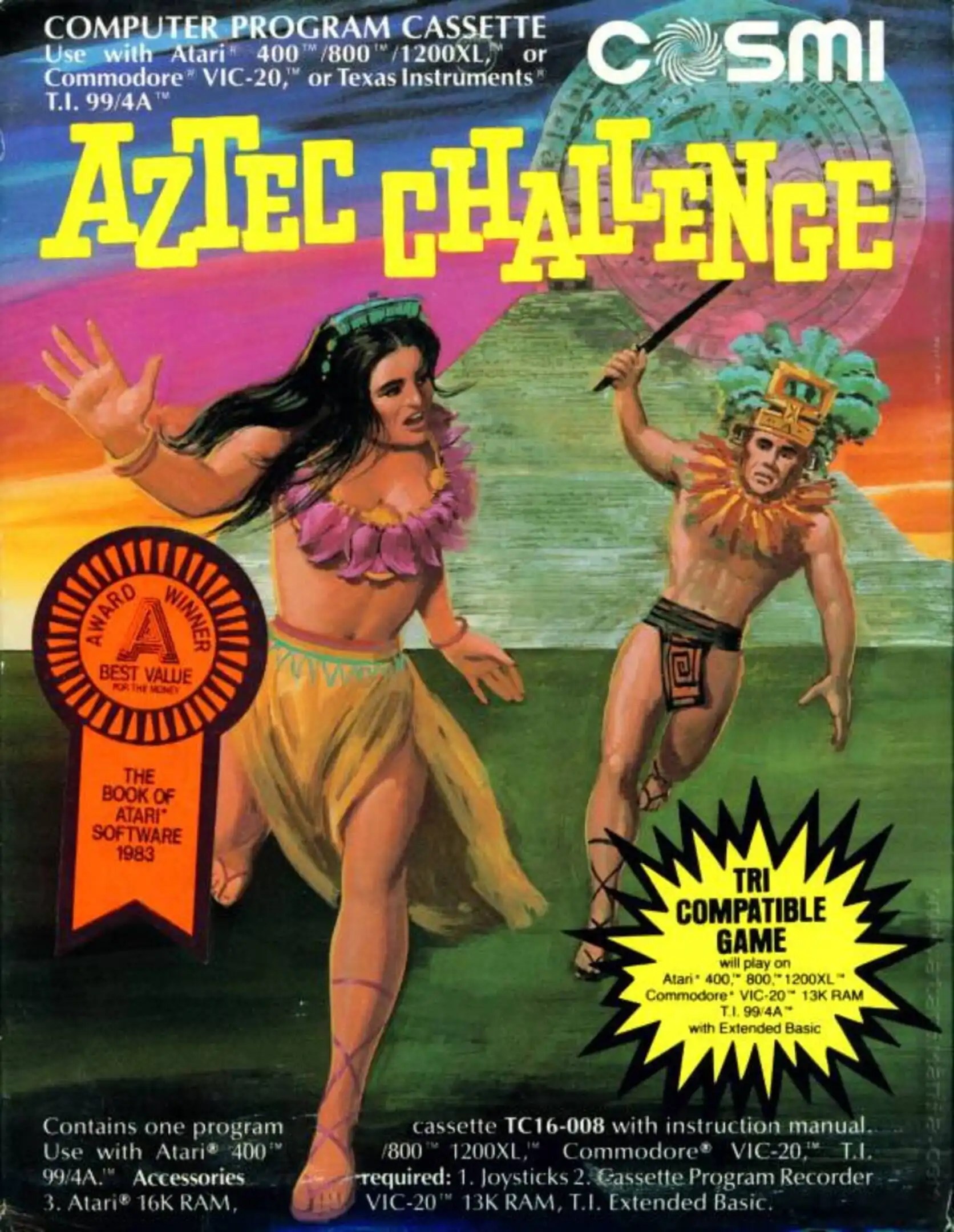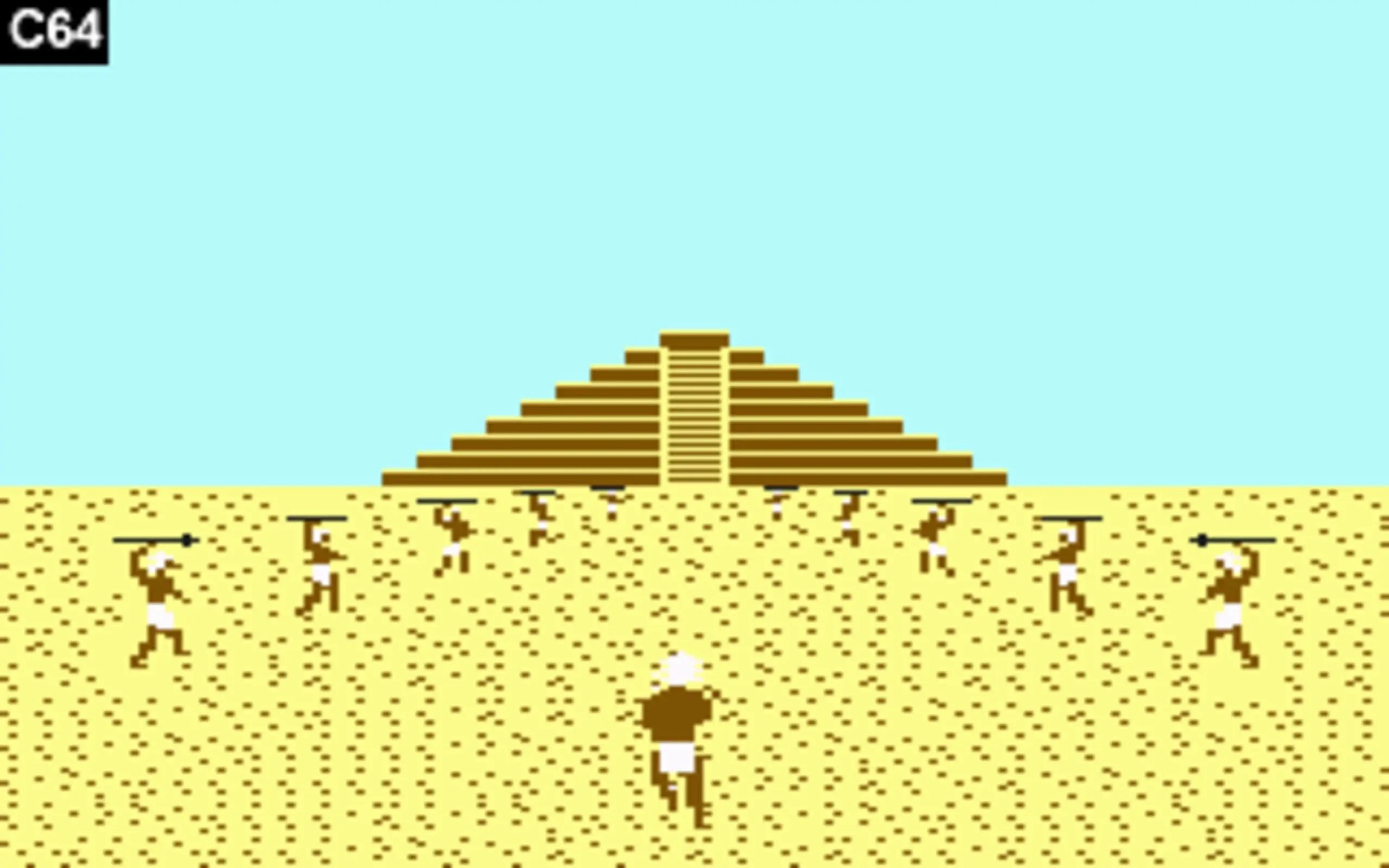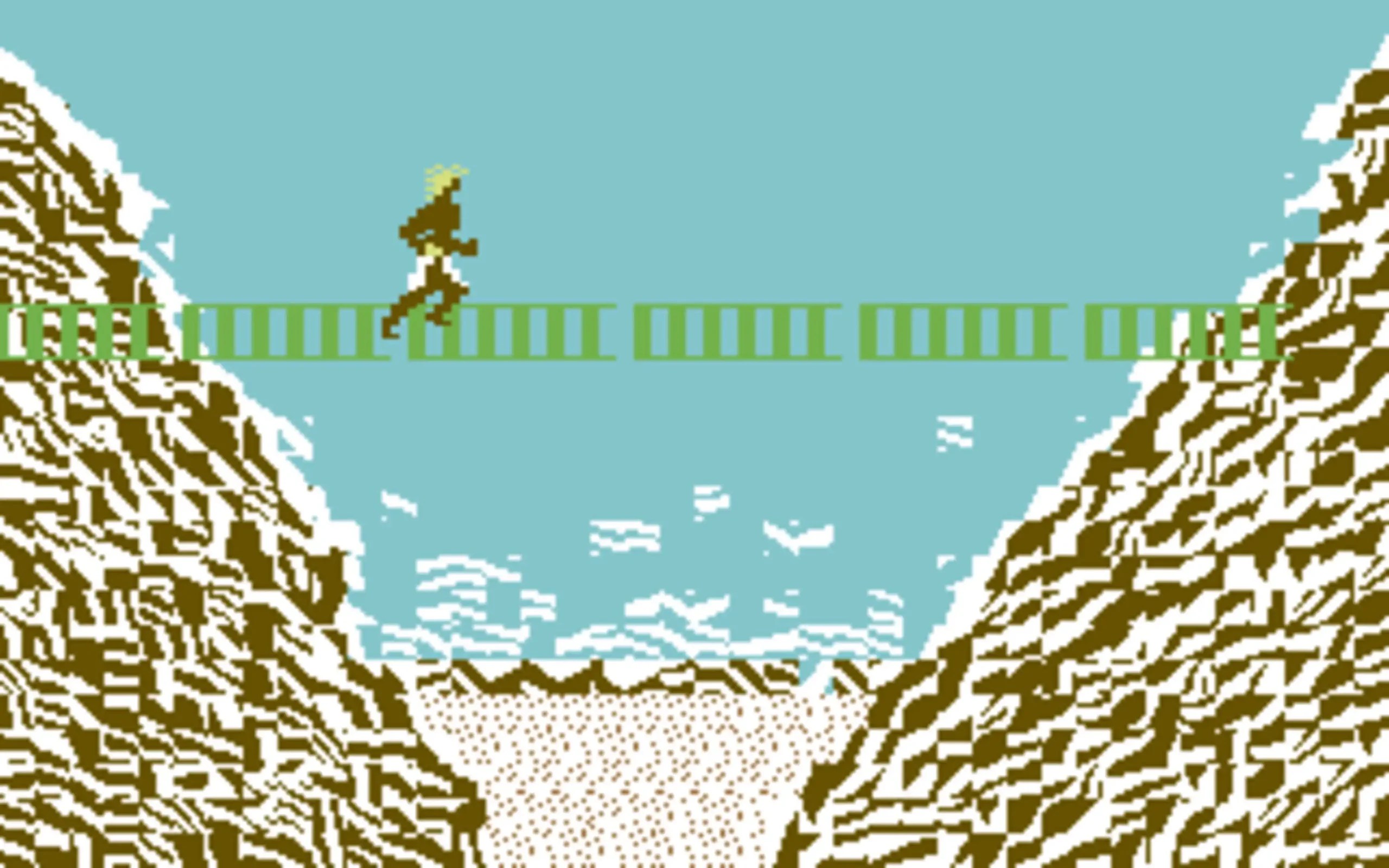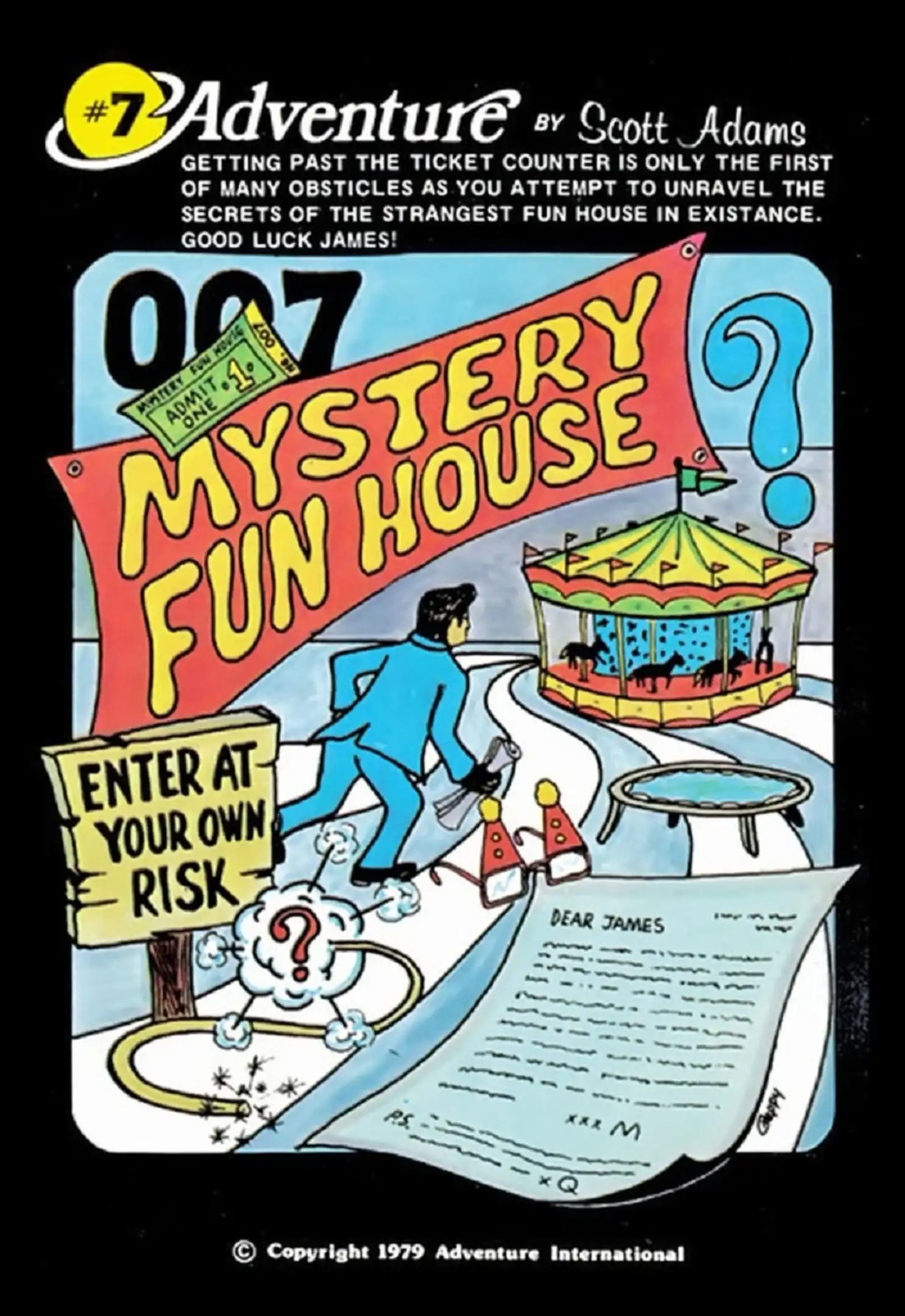Summary
- Release Year: 1982
- Genres: Arcade
- Platforms: Atari 8-bit, Commodore C64/128/MAX, Commodore VIC-20, Texas Instruments TI-99
- Developers: Cosmi Corporation
- Publishers: Cosmi Corporation
Aztec Challenge: A Thrilling Escape from the Heart of the Empire
In the heart of the ancient Aztec empire, a perilous challenge awaits. You, a chosen sacrifice, must navigate a treacherous obstacle course—the Aztec Challenge—to escape a gruesome fate. But be warned, this is no ordinary trial. From the moment you step onto the course, you’ll be relentlessly pelted with spears from all sides.
As you progress through the seven breathtaking levels, your agility and reflexes will be tested to the limit. Trapdoors will open beneath your feet, threatening to plunge you into darkness. Boulders will hurtle towards you, seeking to crush your bones. And venomous snakes and spiders will slither and crawl, eager to deliver their deadly venom.
Amidst this chaos, the temple looms large, its towering presence a constant reminder of the ultimate goal. But reaching the temple is no easy feat. Along the way, you’ll encounter a relentless barrage of obstacles, each designed to chip away at your resolve.
A Test of Skill and Endurance
Aztec Challenge is a true test of skill and endurance. Every move you make must be precise and calculated. A single misstep could send you tumbling into a pit of spikes or impaled on a razor-sharp spear.
The game’s unforgiving difficulty will push you to your limits. But with each level you conquer, your confidence will grow. You’ll learn to anticipate the traps, dodge the spears with precision, and outmaneuver the deadly creatures that lurk in the shadows.
A Gruesome Fate or a Triumphant Escape?
As you navigate the Aztec Challenge, you’ll be haunted by the knowledge that failure means a gruesome death. But do not despair, for there is hope. With each successful step, you’ll earn extra lives, giving you a fighting chance to overcome the odds.
And if you possess exceptional skill and unwavering determination, you may just reach the end of the course and claim your triumphant escape. But be warned, the final challenge is the most perilous of all, and only the most worthy warriors will emerge victorious.
A Timeless Classic
Released in 1982 for the Atari 2600, Aztec Challenge quickly became a beloved classic. Its innovative gameplay, intense action, and unforgiving difficulty captivated gamers of all ages.
Despite its age, Aztec Challenge remains a timeless masterpiece. Its simple yet addictive gameplay formula continues to entertain and challenge gamers to this day. Whether you’re a seasoned retro gaming enthusiast or a newcomer to the world of classic arcade games, Aztec Challenge is an experience you won’t soon forget.
Tips for Success
- Stay calm under pressure. Aztec Challenge is a fast-paced and intense game. It’s easy to panic when you’re being pelted with spears and dodging boulders. But if you can stay calm and focused, you’ll be better equipped to overcome the obstacles.
- Anticipate the traps. The traps in Aztec Challenge are often hidden or disguised. Pay attention to the patterns and timing of the traps, and you’ll be able to anticipate them and avoid them more easily.
- Use the environment to your advantage. The Aztec Challenge course is filled with obstacles, but you can also use these obstacles to your advantage. For example, you can use the walls to block spears or the platforms to jump over pits.
- Don’t give up. Aztec Challenge is a difficult game, but it’s not impossible. If you keep trying, you’ll eventually reach the end of the course. So don’t give up, and keep fighting until you achieve victory!
Review Score
7/10
Art
Cover Art

Screenshots















































